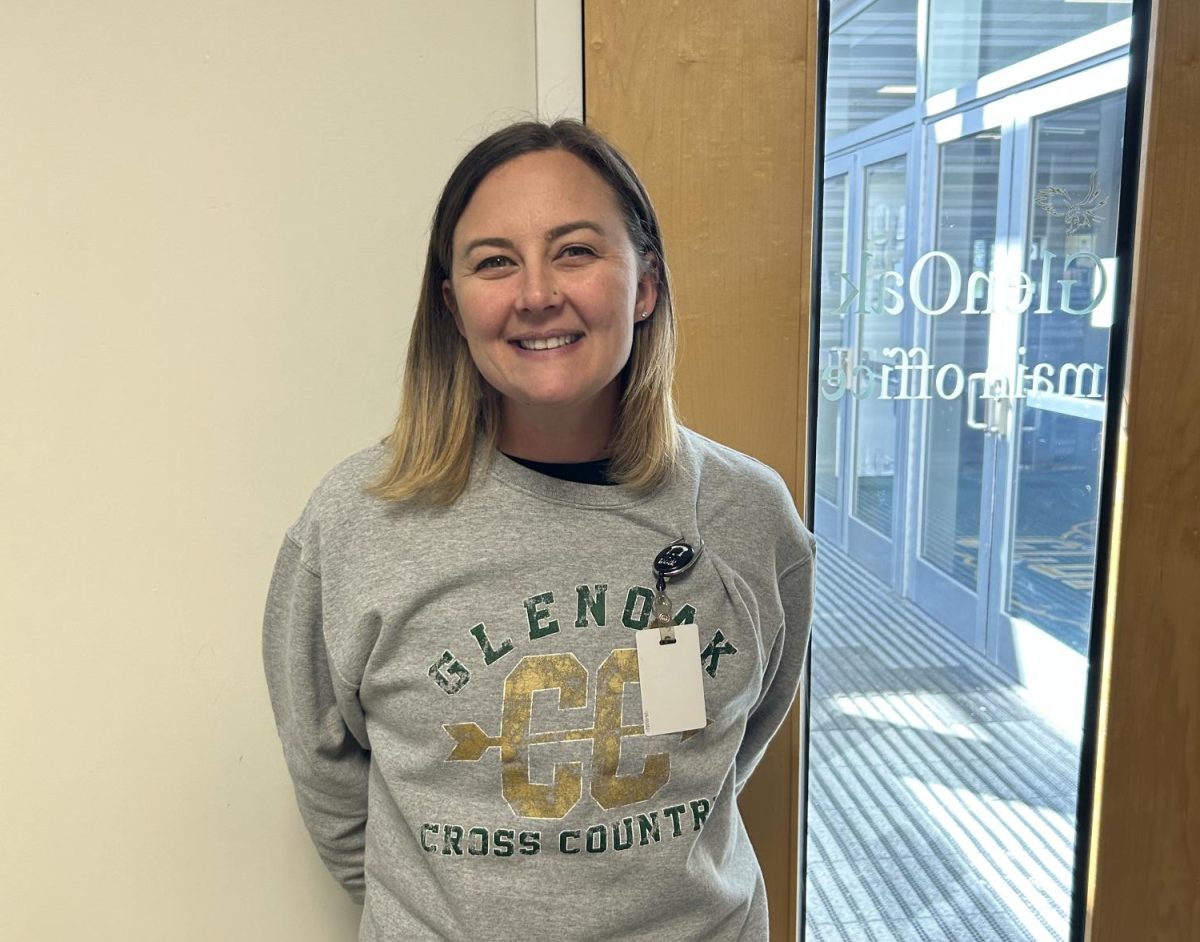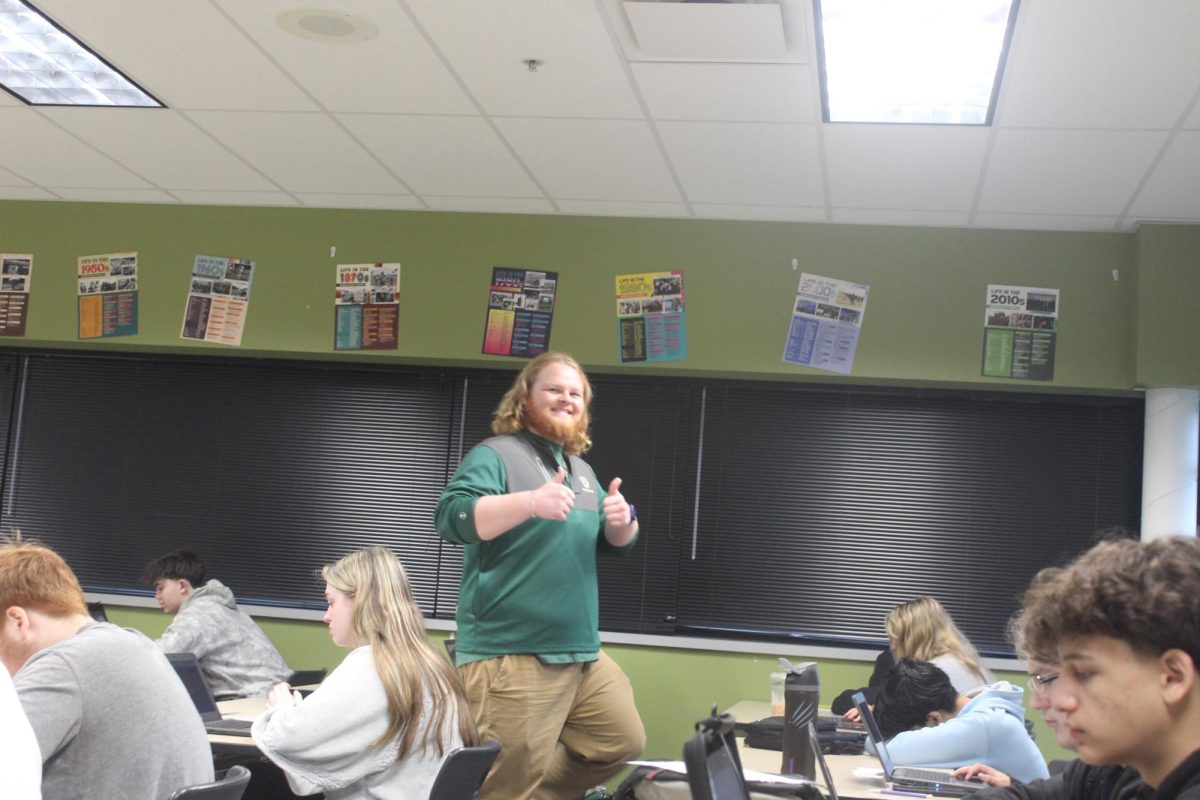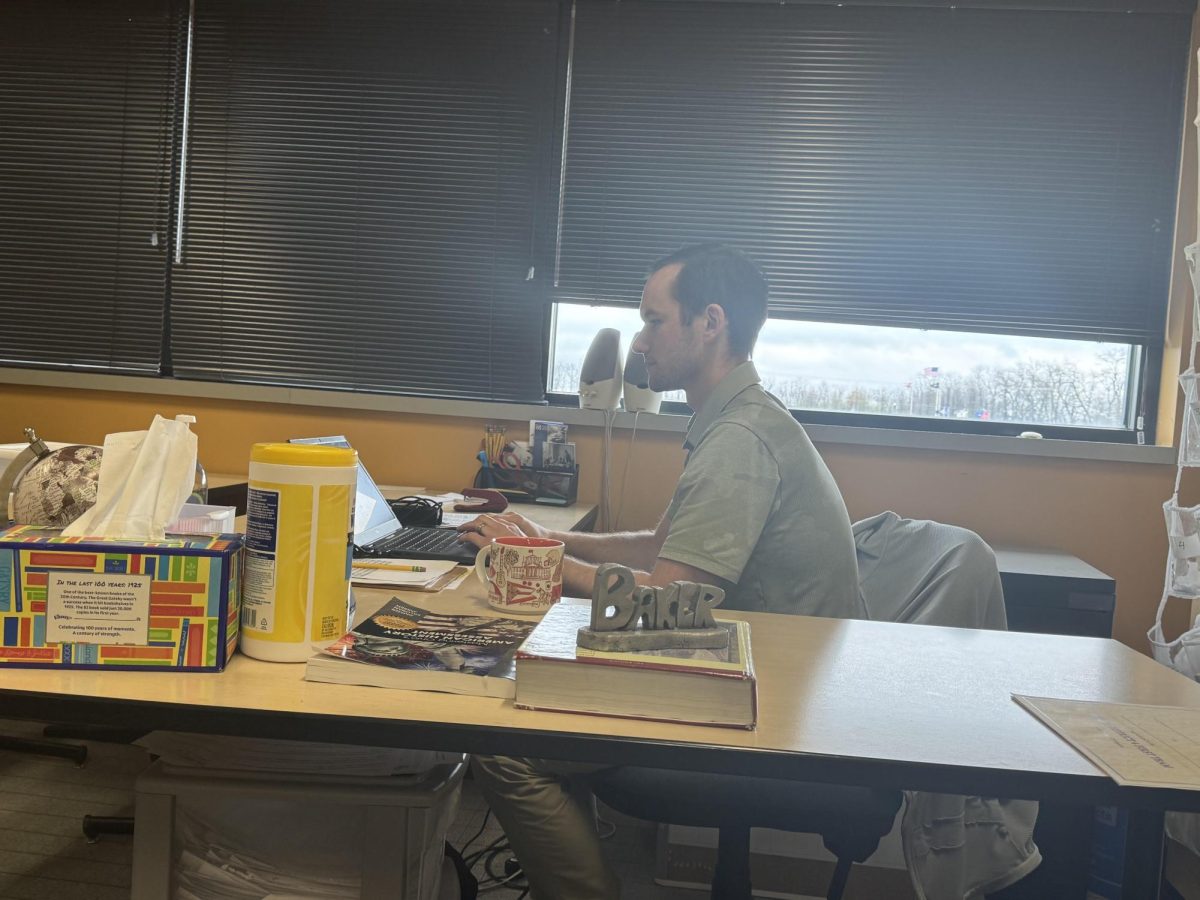by Kendra Gastin (Business Manager)
Realizing you have a problem is the first step to recovery.
Heroin is a growing problem not only across the country but especially in Stark County. Stark had 3,050 deaths in 2015 due to heroin. It is everywhere and continuing to spread throughout Ohio. In Ohio alone, on average every two hours and 45 minutes, someone dies of an overdose.
According to Attorney General Mike DeWine, law enforcement needs to do a better job with education and prevention, along with treatments and making treatments better.
Those using heroin do not realize the dangers of the drug until it is too late. People who know of drug users should be encouraged to help them get treatment and potentially save lives in the process.
In Stark County, there are many recovery centers where users can go to get help and support for their addiction. According to the Stark County Mental Health and Addiction Recovery Center, since 2006, opiate clients who have sought treatment from StarkMHAR funded providers in Stark County have increased 210 percent across the county.
ComQuest Recovery and Prevention Services is one help center here in Stark County. ComQuest’s mission is to serve the community by providing education, prevention and treatment of alcohol and drugs.
They have different centers geared toward men, women and adolescents. There are other treatment programs throughout the county. The Crisis Intervention and Recovery Center is another center for treatment options.
“You need to check with the individual programs as some only take certain insurances or are private pay. ComQuest and Crisis take all patients regardless of ability to pay,” Tara Selby, LSW at Aultman Hospital said.
Selby is a licensed social worker who has seen a dramatic increase of patients admitted to the hospital with a drug overdose, especially heroin. Unfortunately, many of these patients leave the hospital before seeking treatment. Many are afraid law enforcement will be notified, so they leave before they can receive help.
There are different components of treatment. There is detox which is when an individual is going through withdrawal. There is inpatient, where the individual stays at the treatment facility for an extended period of time. There is partial hospitalization, which is a 6-8 hour per day program daily for weeks. There are outpatient programs where individual counseling and/or group therapy is provided three times per week.
For those who may be unsure if they are around people with an addiction, there are many signs to look for. Some of these signs include dilated pupils, drowsiness, track mark and even simply a change in behavior or mood. Track marks consist of needle scars, scabs, and bruises from needle injection.
In order to successfully help someone, you need to learn as much as you can about heroin. Learning how heroin affects the body, mind, and health of a person will help you determine whether or not heroin is the drug being used.
“Knowing the signs of substance abuse is crucial in order for family and friends to recognize the need for help,” Selby said.
If you yourself believe you need help or have a problem, you should not feel ashamed or embarrassed.
“Looking for help and support is not something to be ashamed of,” Selby said.
It is very hard for those experiencing addiction, and just as hard for family and friends to watch loved ones suffering with an addiction. There are support groups available locally to help. As much as those watching want to help, until the person struggling with addiction wants help, it is often futile.
Anyone that is in need of a support group, that wants to share their story, or grieve over the loss of a loved one, can go to Nar-anon. Nar-anon is a supportive group locally in Akron and New Philadelphia. They specialize in giving support for families and friends of addicts.
This increase in heroin is becoming incredibly dangerous. It is good to know where to go and how to help so that this drug is no longer in control of many people and their lives.






